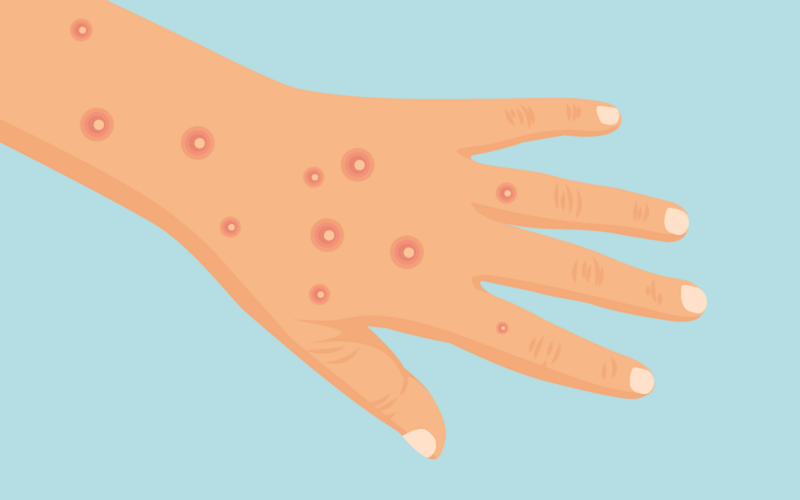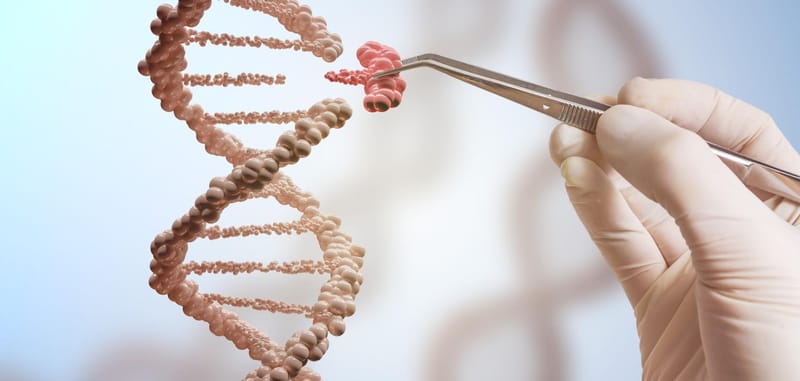Beware of Fake Pills: How to Identify and Avoid Counterfeit Medicines
Counterfeit medicines pose a significant threat to global health. These fraudulent products, designed to mimic legitimate medications

The Dangers of Counterfeit Medicines
Counterfeit medicines pose a significant threat to global health. These fraudulent products, designed to mimic legitimate medications, can be found across various therapeutic categories, including antibiotics, painkillers, and even life-saving drugs like cancer treatments and antiretrovirals. The risks associated with counterfeit medicines are severe and multifaceted:
- Health Risks: Counterfeit medicines may contain incorrect ingredients, no active ingredients, or harmful substances. This can lead to treatment failure, worsening of the disease, or severe adverse reactions.
- Loss of Trust: The presence of counterfeit medicines undermines trust in healthcare systems and pharmaceutical companies.
- Economic Impact: The production and distribution of counterfeit medicines can cause significant financial losses for legitimate manufacturers and burden healthcare systems with additional costs.
- Drug Resistance: Counterfeit antibiotics and antimalarials can contribute to drug resistance, making it harder to treat infectious diseases effectively.
How to Spot Counterfeit Medicines
Identifying counterfeit medicines can be challenging, but there are several indicators to look out for. Here are some tips to help you spot these dangerous fakes:
- Packaging:
- Check for Tampering: Look for signs of tampering, such as broken seals or damaged packaging.
- Compare with Original: If you have a genuine product, compare the packaging, including the font, color, and design, with the suspect product. Counterfeit packaging may have slight differences or poor print quality.
- Spelling and Grammar Errors: Legitimate pharmaceutical companies maintain high standards in their packaging. Spelling or grammatical errors can be a red flag.
- Labeling:
- Check the Label: Ensure that the medicine label includes important information, such as the active ingredient, dosage, manufacturer details, batch number, and expiration date. Counterfeit medicines often lack this crucial information or present it inaccurately.
- Holograms and Security Features: Some legitimate medicines include holograms or other security features on their packaging. Verify the presence and quality of these features.
- Physical Characteristics:
- Appearance of the Medicine: Inspect the color, size, shape, and texture of the medicine. Any irregularities compared to the original product can indicate a counterfeit.
- Taste and Smell: If the medicine has an unusual taste or smell, it could be counterfeit.
- Price:
- Too Good to Be True: Be wary of medicines sold at prices significantly lower than the market rate. Counterfeiters often lure buyers with attractive prices.
- Too Good to Be True: Be wary of medicines sold at prices significantly lower than the market rate. Counterfeiters often lure buyers with attractive prices.
- Purchase Sources:
- Buy from Reputable Sources: Purchase medicines only from reputable pharmacies and authorized dealers. Avoid buying from street vendors, online marketplaces, or unverified websites.
- Check the Pharmacy License: Ensure that the pharmacy or online seller is licensed and has a good reputation.
- Consult Healthcare Professionals:
- Seek Advice: If you have any doubts about a medicine’s authenticity, consult your healthcare provider or pharmacist. They can verify the legitimacy of the product and provide guidance.
Counterfeit medicines are a serious global issue, posing significant health risks and undermining trust in healthcare systems. By being vigilant and knowing how to spot these fraudulent products, you can protect yourself and others from their dangerous effects. Always purchase medicines from reputable sources, carefully inspect packaging and labeling, and consult healthcare professionals if you have any concerns. Your awareness and actions can play a crucial role in combating the menace of counterfeit medicines





